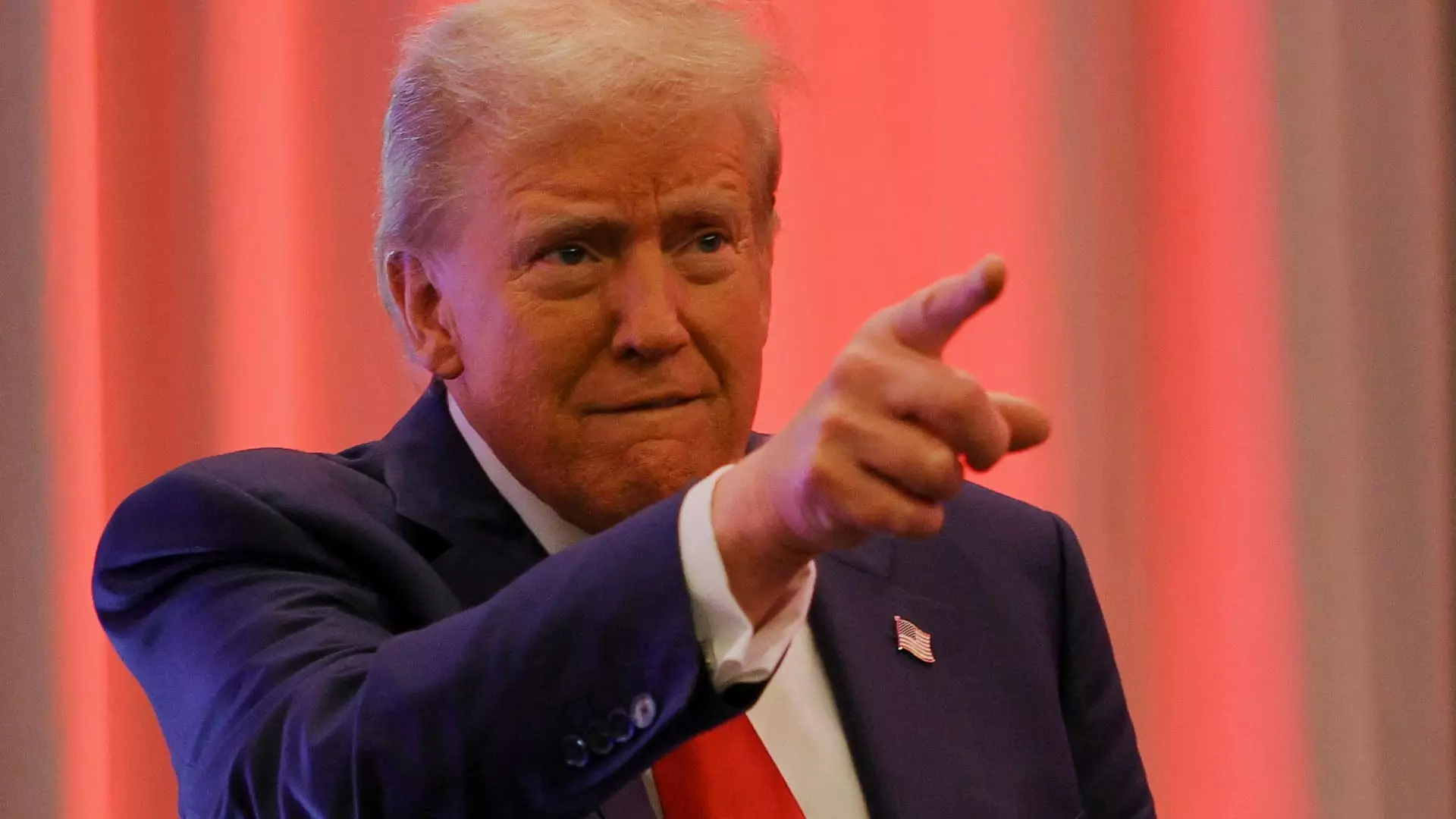The dynamics of the stock market often reflect broader societal sentiments, and lately, small-cap stocks have emerged as a notable beneficiary of these trends, particularly following Donald Trump’s re-election. This article explores the recent surge of small-cap stocks and the broader implications for various sectors amidst a politically charged environment.
Small-cap stocks have made a significant comeback, notably represented by the iShares Russell 2000 ETF (IWM), which recorded a remarkable increase of over 4% in just a week. In contrast, larger indices like the S&P 500 and Nasdaq Composite only managed gains around 1.7%, while the Dow Jones Industrial Average saw a modest rise of approximately 2%. This shift suggests a renewed investor confidence in smaller companies as key players in the market, possibly optimizing their exposure to domestic economic policies that favor local businesses.
Investors are increasingly viewing a potential second Trump presidency as a catalyst for small-cap stocks, which are generally more sensitive to changes in domestic economic conditions than large-cap companies. The anticipated policies from a Trump administration, particularly steep tariffs on imports, contribute to this optimistic outlook. Such tariffs could shield smaller firms from foreign competition, allowing them to thrive under a protectionist climate.
However, the small-cap surge isn’t an isolated phenomenon. The entire “Trump trade” has witnessed a revitalization, evidenced not just by gains in the small-cap index but also in various sectors tied to Trump’s policies. Bitcoin, Tesla, and even traditional industries like steel and energy have all experienced significant increases. For instance, Bitcoin broke past the $99,000 mark, driven by investor speculation surrounding Trump’s proposed supportive stance toward cryptocurrency.
Tesla, a company that has often found itself at the nexus of technological and political discussions, observed a striking rise of nearly 10% this week. Elon Musk’s close ties with Trump may bolster investor sentiment, especially considering that Musk was recently appointed co-head of the Department of Government Efficiency, a move that reflects both the stakes and the potential synergies between government policy and technological innovation.
Moreover, businesses like Halliburton and U.S. Steel also reported impressive weekly increases, reinforcing the idea that sectors traditionally associated with heavy industry may find favorable conditions under a potentially pro-American manufacturing agenda. If Trump’s proposed tariffs on Chinese imports are enacted, companies like U.S. Steel could see a dramatic boost in domestic demand, enhancing their competitive edge.
The pivotal question now regards the sustainability of these trends. As noted by Tom Fitzpatrick, a managing director at R.J. O’Brien & Associates, historical precedents from both the 2016 and 2020 elections indicate a likelihood for the current upswing to persist, at least until the Federal Reserve meeting later this year. However, there remains a nuanced risk associated with such bullish predictions. Financial markets are notoriously volatile, and sentiments can shift rapidly, particularly in a politically charged environment.
In light of this, Jay Woods of Freedom Capital Markets expressed caution regarding the energy sector’s performance. Although the rise in energy stocks seems to echo previous rallies during Trump’s initial presidency, it’s essential to recognize that market conditions change, and over-exuberance could lead to corrections. The phrase “drill, baby, drill” might resonate well with supporters, but it also masks the broader complexities of global energy demand, regulatory frameworks, and technological advancements in energy efficiency.
While the small-cap stocks and related sectors are currently riding a wave of optimism linked to the Trump presidency, investors should proceed with caution. Market dynamics, political uncertainties, and global economic conditions will undoubtedly shape future performance. The current landscape presents both opportunities and challenges that require astute observation and strategic foresight.

